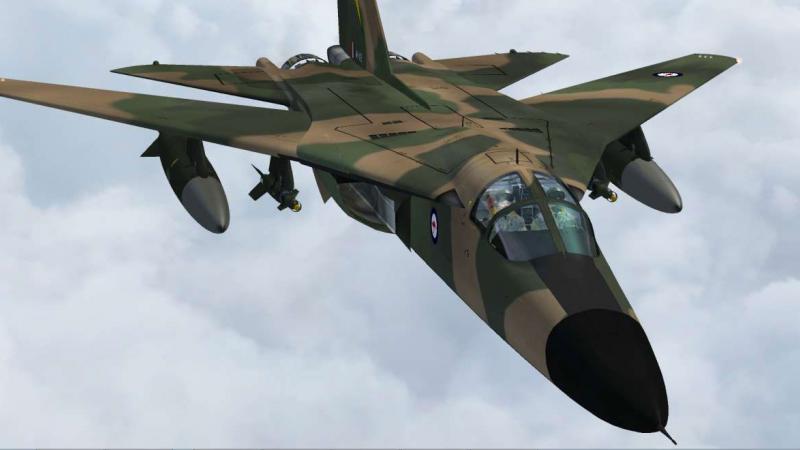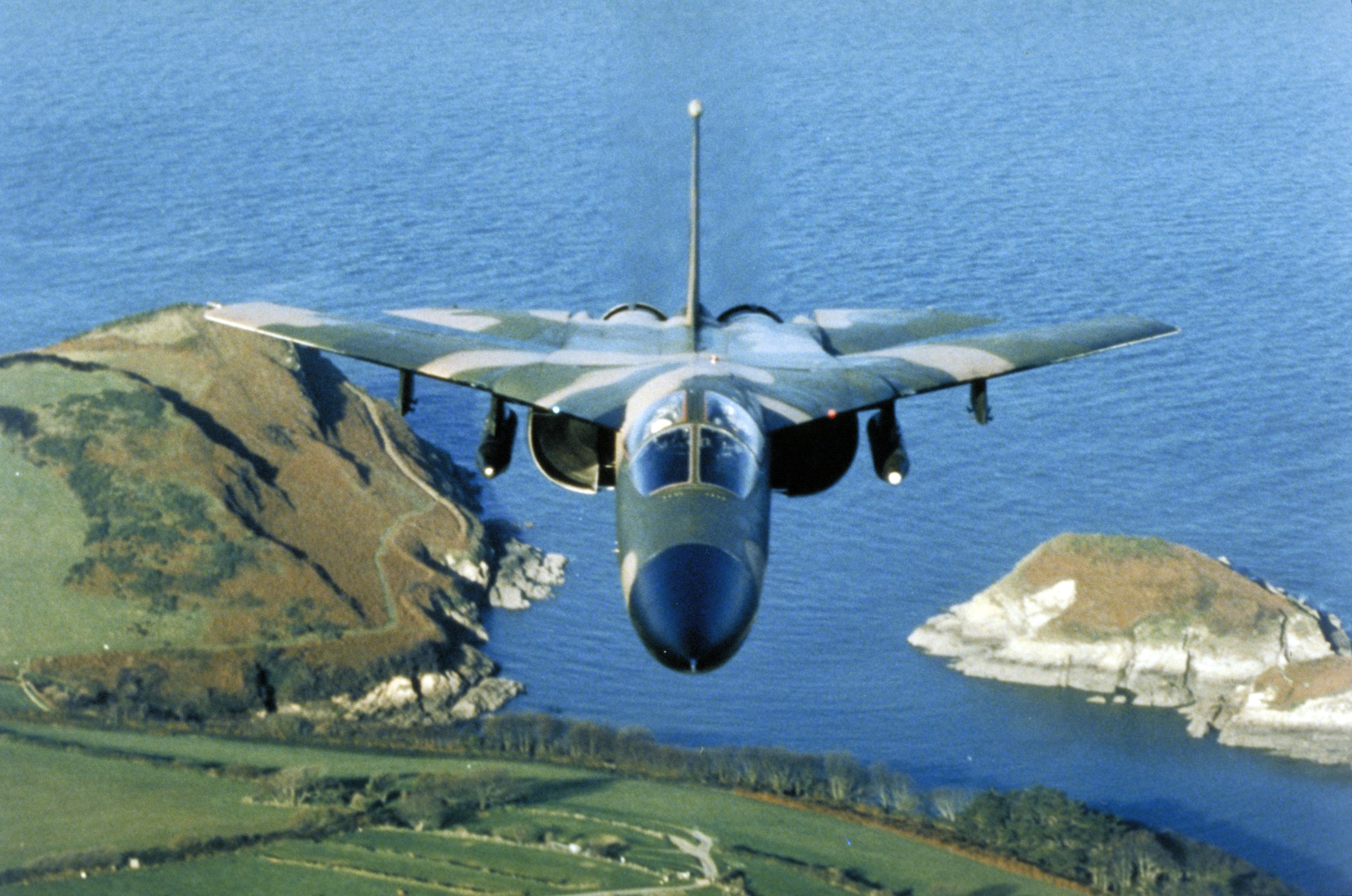When it comes to legendary military aircraft, few can compare to the F-111 Aardvark. Designed as a versatile, cutting-edge fighter-bomber, the F-111 forever changed the landscape of aerial warfare with its unique capabilities and revolutionary technology. With a design that was ahead of its time, this aircraft became a symbol of power, precision, and adaptability for the U.S. Air Force during the Cold War.

A Marvel of Engineering
The F-111 was a true technological marvel. Introduced in the 1960s, it was one of the first jets to feature variable-geometry wings, also known as “swing wings.” This innovative design allowed the wings to sweep back at high speeds for maximum aerodynamic efficiency and extend outward for better maneuverability at lower speeds. The aircraft’s ability to shift its wing configuration mid-flight gave it a significant advantage, making it equally effective in supersonic combat missions as well as low-altitude bombing runs.
Equipped with powerful Pratt & Whitney TF30 engines, the F-111 could reach speeds of over Mach 2.5 (roughly 2,655 km/h), making it one of the fastest aircraft of its time. Its advanced terrain-following radar allowed it to fly at extremely low altitudes, hugging the ground to avoid enemy radar detection. This feature made the F-111 a formidable adversary in strike missions, as it could approach its targets undetected.

Dual Role: Fighter and Bomber
The F-111 was designed to fulfill a dual role as both a fighter and a bomber—something few aircraft at the time could claim. It was originally conceived to serve the U.S. Air Force as a tactical fighter and the U.S. Navy as a carrier-based interceptor. Although the Navy variant was ultimately scrapped, the F-111 found its niche as a strategic bomber, capable of carrying a variety of weapons, from traditional bombs to nuclear warheads.
The aircraft’s ability to deliver precision strikes made it invaluable in critical operations. During the Vietnam War, the F-111 was deployed for bombing runs, demonstrating its unmatched speed, range, and payload capacity. It could carry up to 14,300 kg of ordnance, making it a lethal weapon in any mission. Its role expanded in subsequent conflicts, including Operation Desert Storm, where it was used to devastating effect.

A Legacy of Excellence
The F-111 was not just a powerful machine—it was also one of the most versatile and dependable aircraft in the history of the U.S. Air Force. In addition to its bomber role, the aircraft was modified for a variety of missions. The EF-111A Raven, a specialized electronic warfare version, played a crucial role in jamming enemy radar systems and protecting allied aircraft. The FB-111A variant, designed for strategic bombing, was equipped with nuclear weapons, ensuring the U.S. had a reliable platform for delivering its most destructive arsenal.
In total, over 560 F-111s were built, serving with distinction from the late 1960s until their retirement in the 1990s. Despite being phased out, the F-111’s legacy continues to influence modern aircraft design, particularly in the development of multi-role fighter-bombers like the F-15E Strike Eagle.
The Final Flight and Enduring Impact
The F-111’s final flight took place in 2010 with the Royal Australian Air Force, which had been the last operator of the aircraft after the U.S. Air Force retired its fleet in 1998. Nicknamed the “Pig” by Australian crews due to its nose-down stance on the runway, the F-111 remained a favorite among pilots for its speed, versatility, and ability to strike deep into enemy territory.
Though it no longer soars through the skies, the F-111’s impact on aviation and military strategy is undeniable. It redefined what an aircraft could do by combining the agility of a fighter with the firepower of a bomber, creating a new class of tactical and strategic aircraft. Its role in Cold War deterrence and its involvement in major conflicts make it one of the most iconic and respected planes in aviation history.
In the annals of military aviation, the F-111 stands tall as a game-changer, an aircraft that proved the power of innovation and adaptability in the ever-evolving theater of war. Even though newer, more advanced aircraft have since taken its place, the legend of the F-111 Aardvark remains alive, a testament to its groundbreaking design and unparalleled performance.





